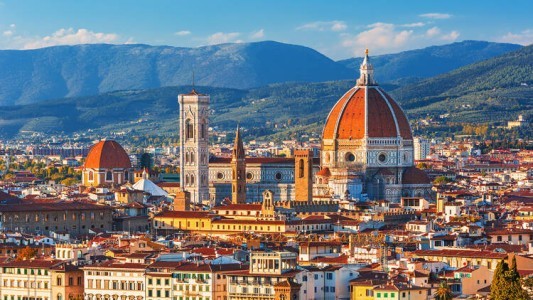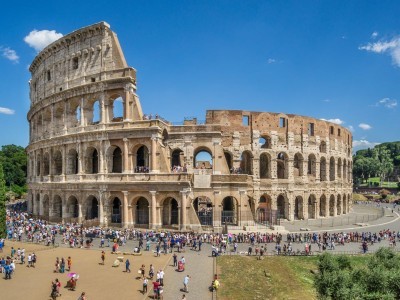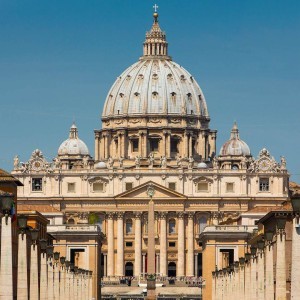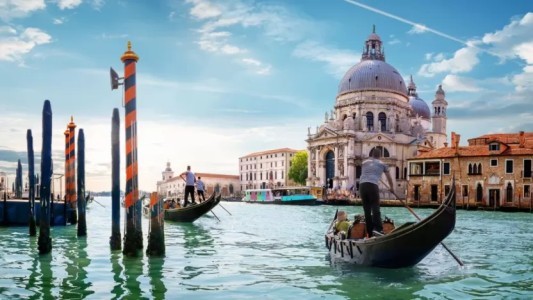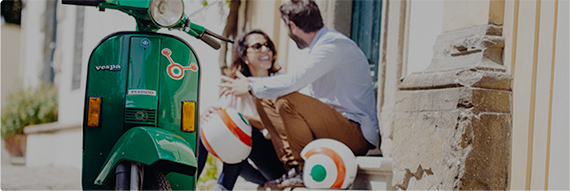Local Wine Guide
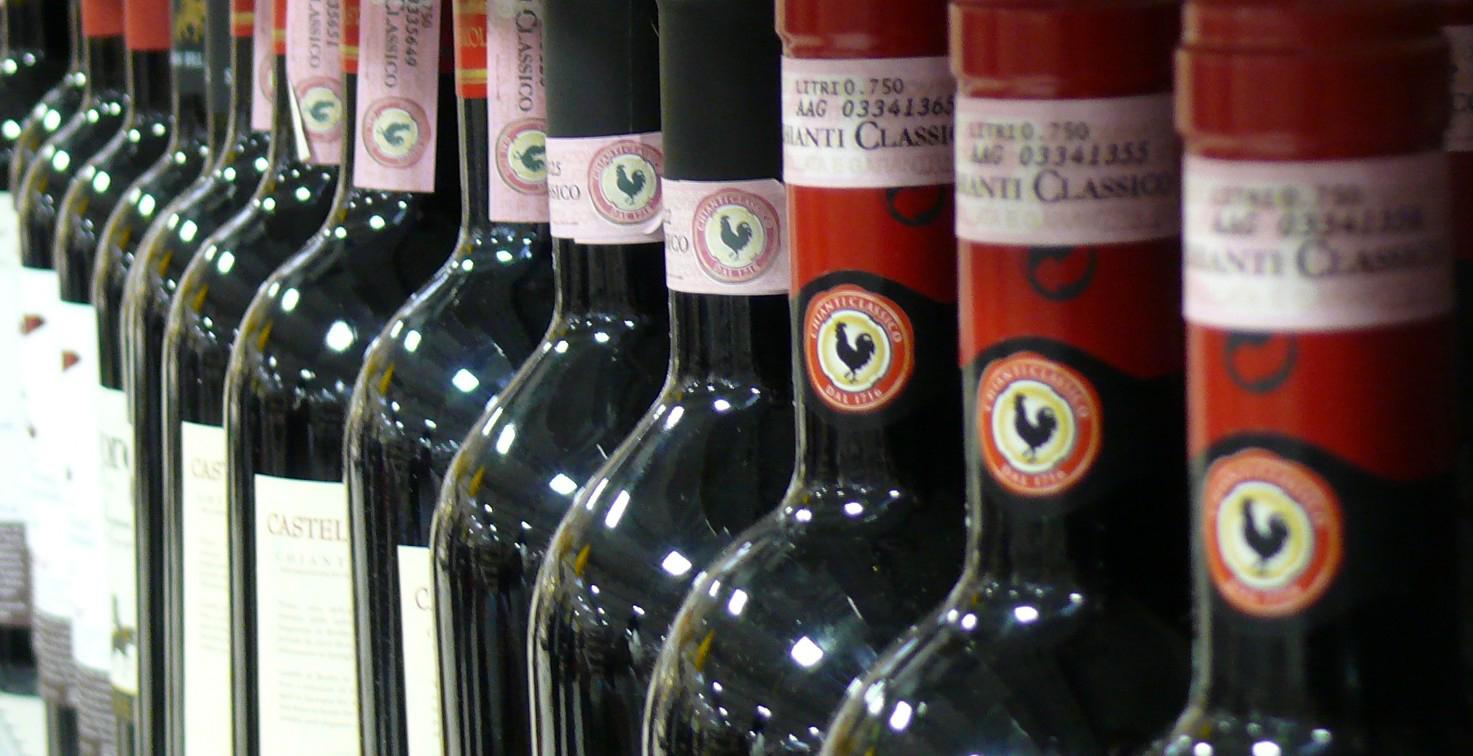
There are many wonderful wines produced in Tuscany and sipping your way through the region is a great way to get to know the landscape and the people.
Most people know that Chianti wine has something to do with Tuscany, right? But what, exactly? Is there a place called Chianti? Is Tuscany in Chianti?
Tuscany is the name of the region and Florence is the main city of Tuscany. Chianti is the name given to an area of Tuscany that stretches from Florence south towards Siena. More or less. In fact it is a little more complicated than that when we start talking about Chianti wine, because there are seven wine making areas that are allowed to call their wine 'Chianti'. But not all the wine made in those areas can be called Chianti just because it comes from there.
Let's get down to basics. For a wine to be called 'Chianti' it has to reach certain criteria. Firstly it is a red wine, made with at least 80% Sangiovese grapes, grown within one of the areas specified by the government where Chianti can be produced. The remaining portion is usually made up of other traditional local grape varieties. It is the winemaker's skill that determines the quantities of the other grapes and therefore the taste of the finished product. For a consumer, that's enough to get you started, but if you are producer, there's a lot more to it than that! In order to protect the quality of wines sold with the name Chianti there are strict limits on how many vines you can plant and how many litres you can produce per hectare. The minimum maturation period is also stipulated as is the minimum alcohol level. The whole process from growing the grapes to bottling has to be carried out within the area and even the wording of the label is carefully controlled. Let's leave all the reams of small print to the experts and enjoy the wonderful wine they produce.
Travelling south through Tuscany, past Siena, will bring you to the town of Montalcino, the home of the famous Brunello di Montalcino and the younger Rosso di Montalcino. The Brunello, made from a local variety of the Sangiovese grape, has at least a five year journey from vine to bottle with two of those in wooden barrels and consistently wins the highest awards. It is this long maturation period and its keeping qualities that make it unique, in fact some experts say the Brunellos need ten years to 'harmonise their flavours'.
Still within the province of Siena, not far from Montalcino is the town of Montepulciano and the grandly named Vino Nobile di Montepulciano, the noble wine of Montepulciano. Based on the same Sangiovese grape as Chianti, this wine has to complete a long maturation of at least two years with part of that in wooden barrels before it reaches your glass.
If you are visiting in the summer months, perhaps you will be interested in finding out what Tuscany has to offer in white wines. The most well known white wine from Tuscany is called Vernaccia di San Gimignano, Vernaccia is the name of the grape and the wine, San Gimignano is the impossibly beautiful Tuscan hill town where it is produced. Eight hundred year old documents sing the praises of this wine which was the first in Italy to be awarded the DOC classification in the 1960s. When young, it is a pale straw coloured wine with light fruity and floral notes, ideal for sipping on a hot summer's day or as an accompaniment to light summer meals. The mature version of this wine becomes more golden coloured, drier and has a characteristic almond taste.
In the south west of Tuscany towards the sea you might try Bianco di Pitigliano with a local fish dish but if you are staying in Florence you might try a local light, fruity white wine called Pomino Bianco.



